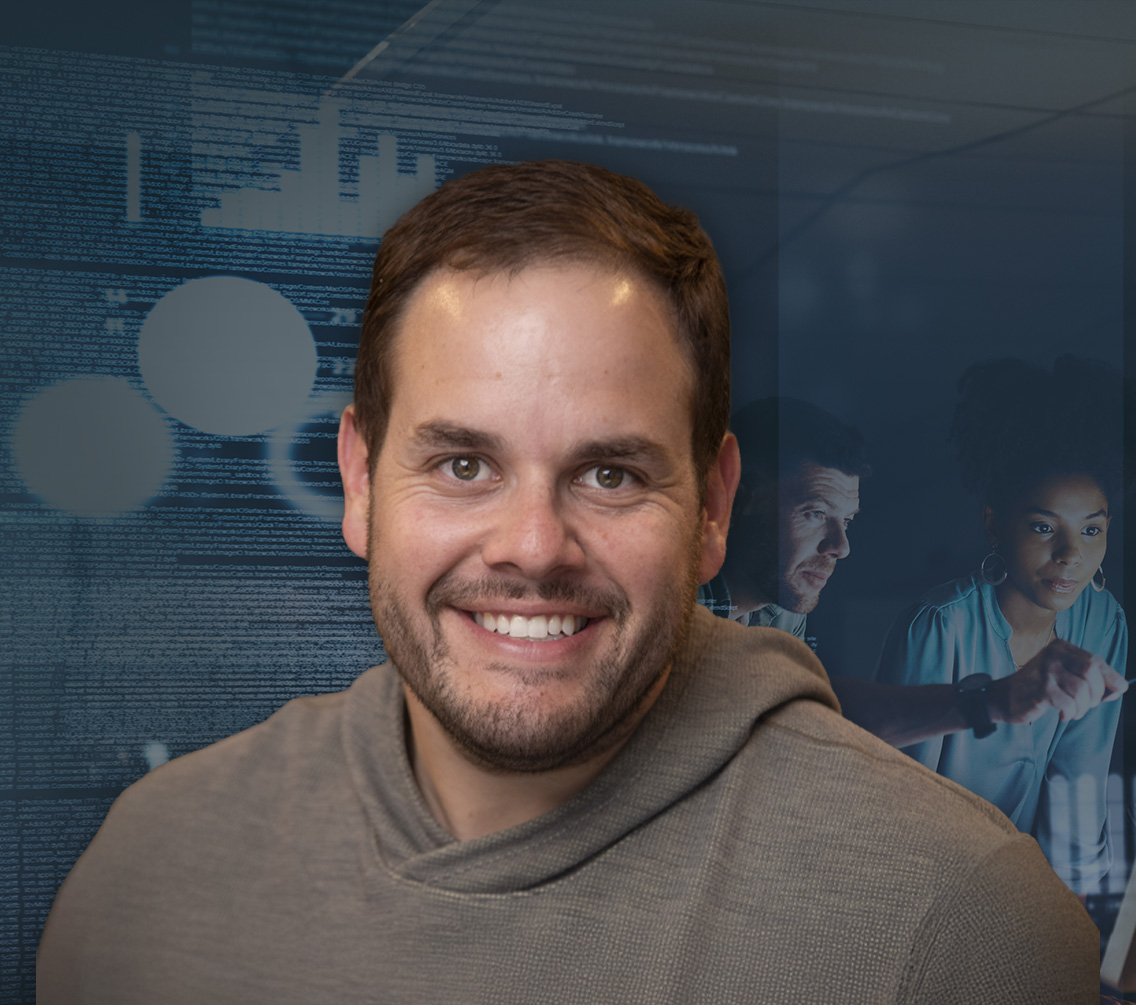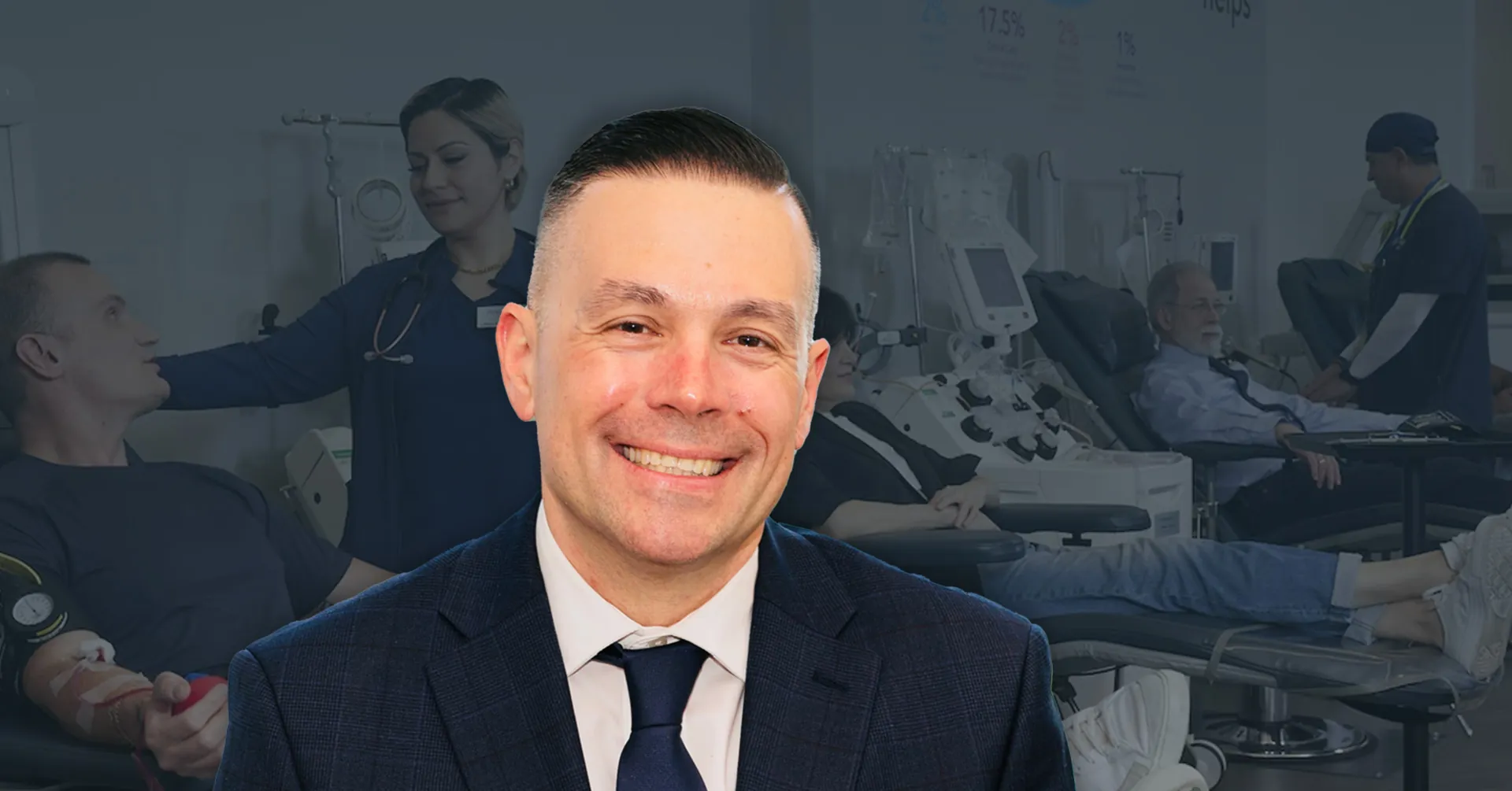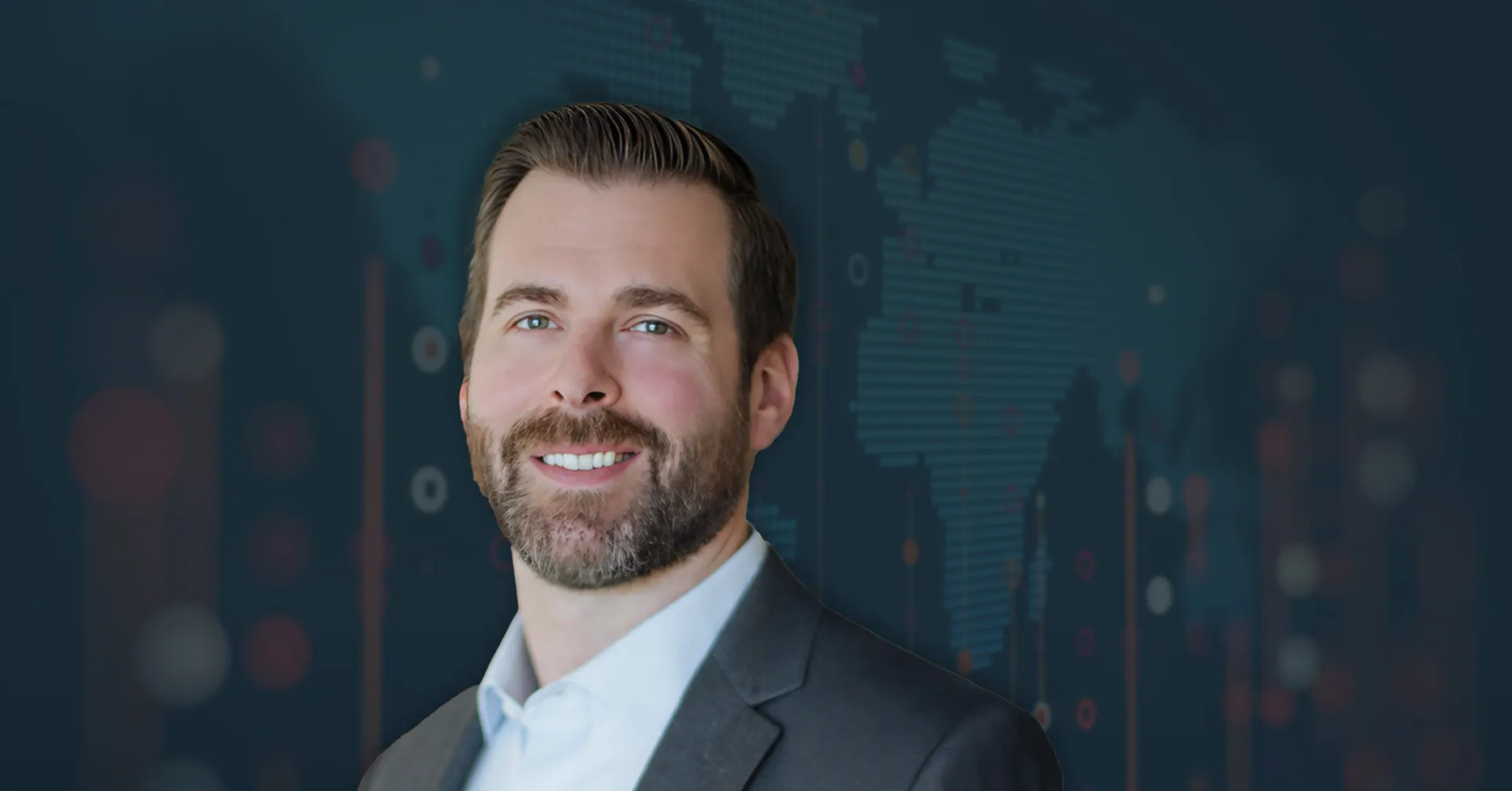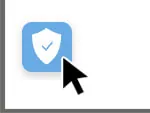Creating a Workplace Culture That Prioritizes Mental Health
Content Warning: This episode includes sensitive information about mental health conditions and suicide, including risk factors and warning signs, which may elicit an emotional response in some listeners. If you need support at any time, please call or text the National Suicide Prevention Lifeline at 988.
September is National Suicide Prevention Month. To learn more, we spoke with Maggie Mortali, Senior Program Director at the American Foundation for Suicide Prevention (AFSP), about the importance of mental health and suicide prevention programming in the workplace. Maggie shares why businesses play a critical role in mental health and how they can set the tone for the well-being of our workforce.
We discuss:
- How mental health and suicide prevention education creates a stronger workforce
- Risk factors or warning signs that could indicate an employee needs help
- Guidance on how to incorporate suicide prevention programming into your Employee Assistance Program (EAP)
- Mental health resources available to all organizations
Check out AFSP’s events and initiatives supporting National Suicide Prevention Day, Week, and Month.
Connect with Maggie on Twitter.
The Employee Safety Podcast is hosted by Peter Steinfeld, SVP of Safety Solutions at AlertMedia.
You can find this interview and many more by subscribing to The Employee Safety Podcast on Apple Podcasts, Spotify, or here.

More Episodes You May Be Interested In
-
 Trends Defining the Future of Enterprise Security Risk Management
Trends Defining the Future of Enterprise Security Risk ManagementCorporate security risks are evolving in ways that demand new mitigation strategies. Ryan Schonfeld, Co-Founder and CEO of HiveWatch, an AI-driven physical security software platform, draws on his background in law enforcement and global enterprise security to offer a new perspective on how organizations can better manage today’s challenges. From the increasing risk and reach…
-
 Security Lessons From a Leading U.S. Blood Center
Security Lessons From a Leading U.S. Blood CenterWhen David Fortino joined New York Blood Center Enterprises—one of the largest nonprofit blood collection and distribution organizations in the U.S.—as Head of Corporate Security, he was tasked with building the company’s first enterprise-wide security program. With 2,300 employees spread across more than 70 locations in 17 states, and a constantly moving fleet of mobile…
-
 How to Contextualize Global Risks for Your Leadership Team
How to Contextualize Global Risks for Your Leadership TeamIn today’s complex global risk landscape, enterprise leadership teams must have a complete understanding of their risk profiles to make informed decisions on how to protect their people and assets. Daniel Devery, Director of Enterprise Crisis Management at Assurant, shares how his team turns geopolitical risks into early warnings by contextualizing their potential business impacts….




